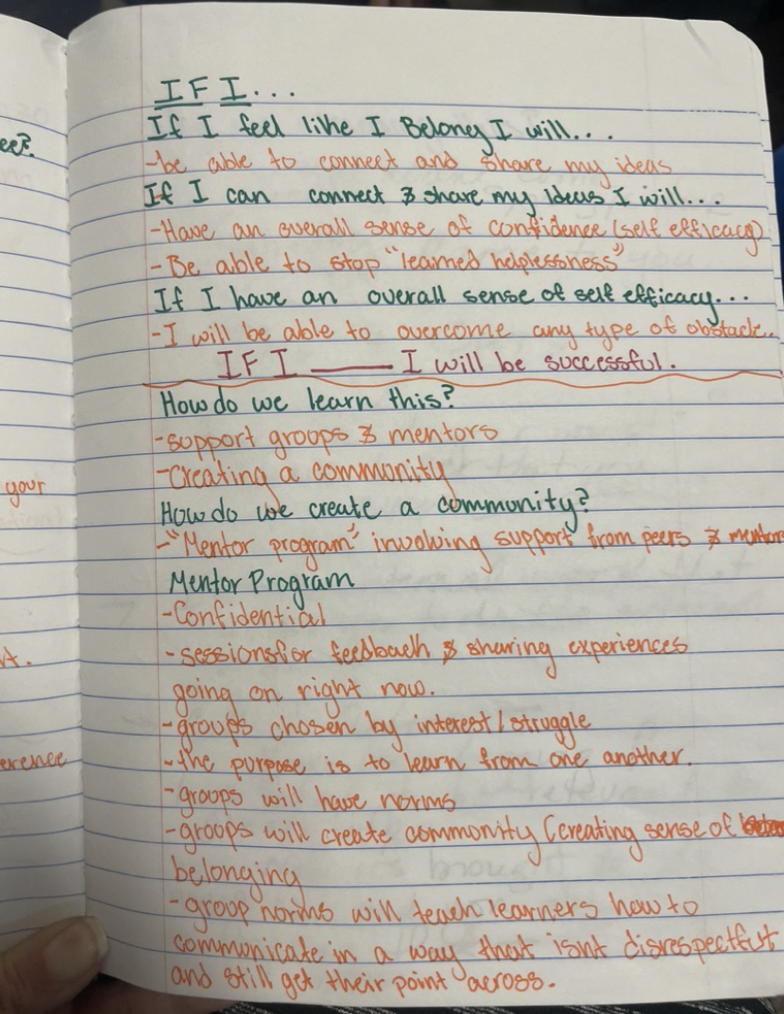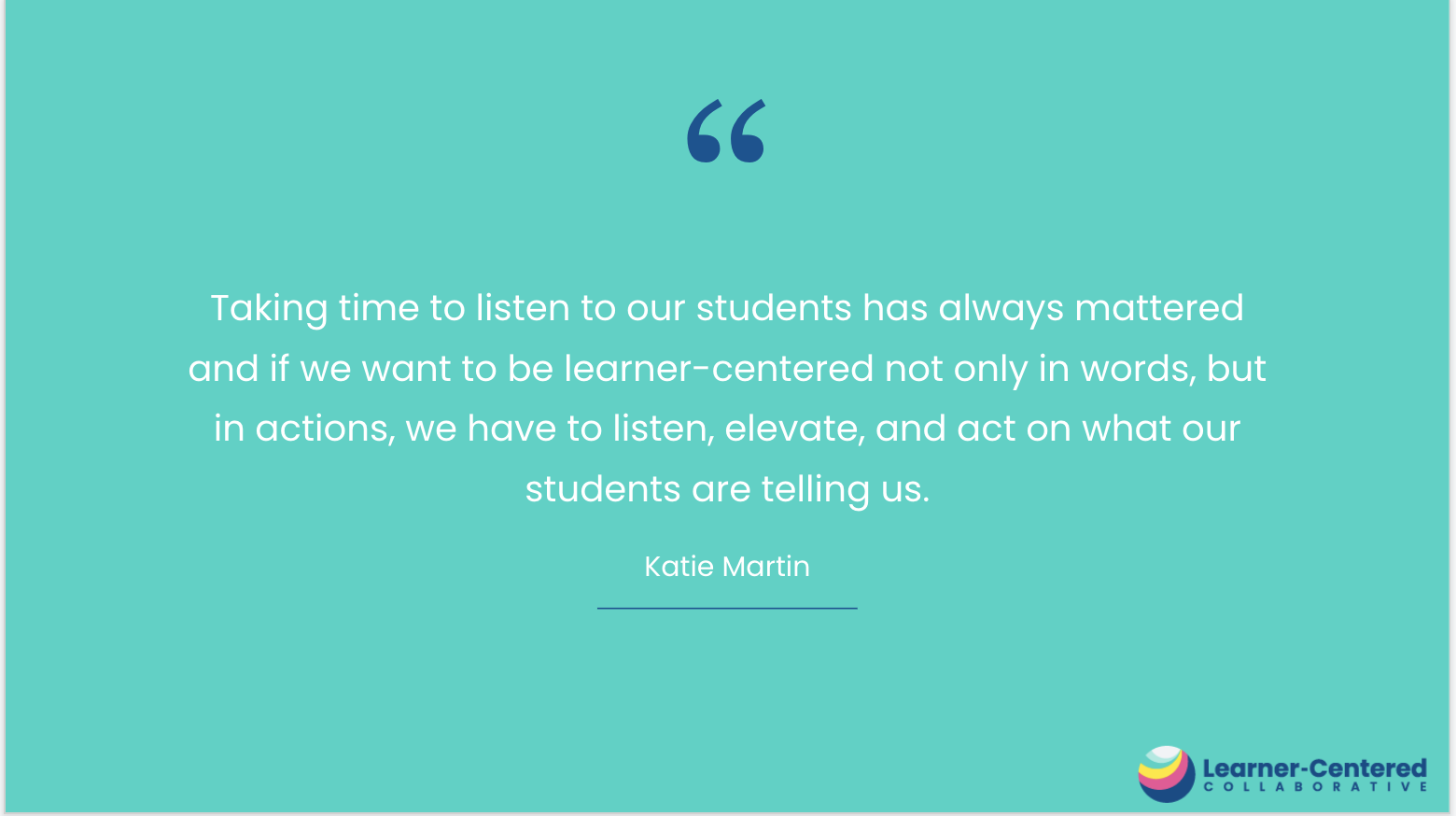I was recording a podcast with Dr. Susan Enfield, Superintendent at Highline Public Schools, shortly after the news mass shooting at Robb Elementary School in Uvalde, Texas. As we wrestled with grief, frustration, and fear we discussed the importance of what she calls The Highline Promise, a vow to know every student by name, strength, and need so they graduate prepared for the future they choose. Foundational to this promise is slowing down to connect, prioritizing relationships, and making time to ensure that young people are not invisible in schools, homes, and communities.
Taking Time to Listen to Students
I want to highlight the words from a student that exemplify the power of this promise to young people that I shared this week in my Bright Spots Newsletter. A few weeks ago I was conducting empathy interviews with students to get input on the design of a new high school, Synergy in Mineola Public Schools. Becca, an eloquent 9th grader, shared the need for mentoring and conversations to help her and her fellow classmates navigate their academics and their social and emotional well-being.
When we treat all students as the same and neglect to connect and ensure they feel seen and valued, we can ostracize those who need the most guidance and support. Becca shared her hopes and dream of attending an intentionally designed school for connection, belonging, and meaningful learning. She said, “If I feel like I belong, I will be able to connect and share my ideas.” Strategies that Becca shares don’t necessarily cost the most money, but they do require us to prioritize time, resources, and connections differently.

Listen, Elevate and Act
Taking time to listen to our students has always mattered and if we want to be learner-centered not only in words, but in actions, we have to listen, elevate, and act on what our students are telling us. They have big feelings and great ideas and it’s imperative that we lean in and listen to what they need.
Although it can be overwhelming to think about how to make changes or to even move forward in the face of tragedy, our young people need us to create schools where they can be seen, known and grown. Or as Sophia, a 4th Grader at the Wide School shared, “To me learner-centered means I have a place where I can focus and find inspiration. In a learner-centered place, everyone is eager to learn and it’s easy for students to learn. There are many different ways everyone learns. Learner-centered is important because everyone is allowed to learn and you can easily find what you are best at.”
There is no better way to understand what’s working, what’s challenging, and what’s possible than to begin with students. The path that is ahead of us becomes so much clearer when we listen to students to understand what they experience and see if the intention of our actions actually makes the impact we desire.
More Resources on Learner-Centered Education
3 Ways to Amplify Student Voice



0 Comments